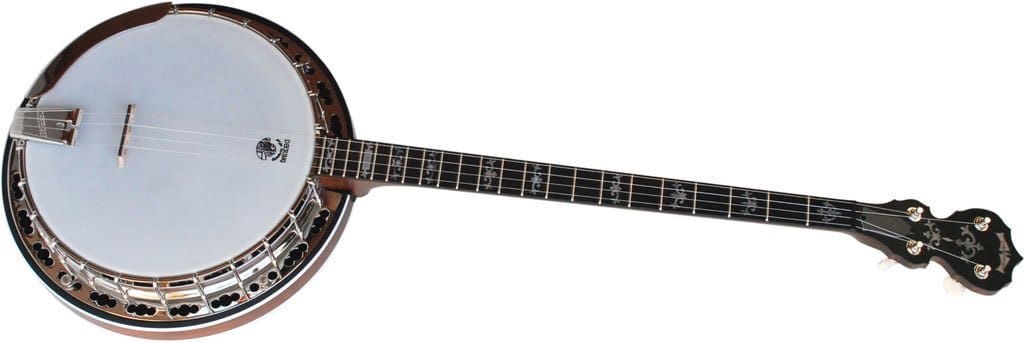Banjos have been around for centuries, and have been a staple in a variety of music genres such as bluegrass, folk, and country. These instruments have a unique sound that is hard to replicate with any other instrument, which is why they are so popular among musicians. However, one thing that often comes up when discussing banjos is their price. Banjos can range from a few hundred dollars to several thousand dollars, making them one of the more expensive instruments on the market. So, why are banjos so expensive? Let’s explore some of the reasons.

Why are Banjos so Expensive?
- Quality Materials
One of the primary reasons that banjos are expensive is due to the quality of materials used in their construction. The best banjos are made from high-quality wood, such as maple or mahogany, which can be expensive. Additionally, the metal parts, such as the tension hoop, tailpiece, and tone ring, are often made from brass or nickel, which can also add to the overall cost.
The wood used in the construction of a banjo can greatly affect its sound quality. Maple, for example, is a popular wood for banjos because it produces a bright and crisp sound. However, finding high-quality maple can be difficult, and this often results in a higher price tag. The same goes for other types of wood that may be used in the construction of a banjo.
- Handcrafted
Another reason that banjos can be expensive is due to the fact that they are often handcrafted. Unlike many other instruments that can be mass-produced, banjos are often made by skilled craftsmen who spend hours working on each instrument. This level of craftsmanship can greatly affect the overall quality of the instrument, and is often reflected in the price.
Handcrafted banjos are often made in smaller quantities, and the attention to detail can result in a higher cost. Additionally, the skills required to make a banjo by hand are often passed down through generations, meaning that there are a limited number of craftsmen who can create these instruments.
- Complexity of Design
Banjos are also complex instruments, which can add to the cost. The design of a banjo involves a number of different parts, each of which must be carefully crafted and assembled. Additionally, banjos often feature intricate inlays and other decorative elements, which can add to the overall cost.
The complexity of design can also affect the playability and sound quality of the instrument. The placement of the bridge, the size and shape of the resonator, and the type of strings used can all affect the sound of the banjo. As a result, skilled craftsmen must carefully consider each of these elements when building a banjo, which can be a time-consuming and costly process.
- Limited Availability
Finally, the limited availability of high-quality banjos can also contribute to their high price tag. While there are many banjos available on the market, not all of them are created equal. The best banjos are often made in limited quantities, and may only be available through specialized dealers or directly from the manufacturer.
Additionally, many of the best banjos are made by smaller, independent manufacturers who do not have the same economies of scale as larger companies. As a result, the cost of producing these instruments can be higher, and this cost is often passed on to the consumer.
In conclusion, banjos are expensive for a variety of reasons, including the quality of materials used in their construction, the handcrafted nature of the instruments, the complexity of design, and the limited availability of high-quality instruments. However, despite the high cost, many musicians still consider banjos to be a worthwhile investment. With their unique sound and rich history, banjos are a beloved instrument that continue to captivate audiences around the world.
31 Facts About the Banjo
10 Best Banjo Festivals in the U.S.
10 Best Banjo Podcasts
Banjo Tabs
10 Most Expensive Banjos Currently For Sale
